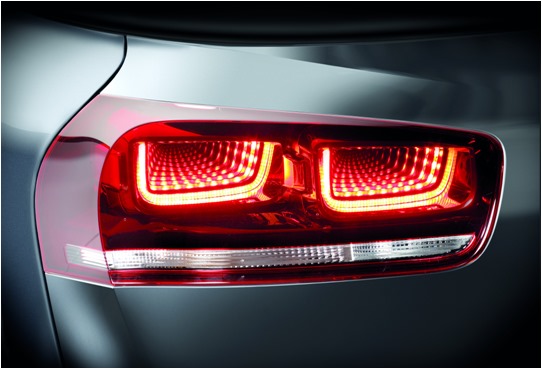Customer: Tier – 1 Suppler
Efficient & Effective Staffing Solutions
• Class A Surface
• EBOM
• Gap & Flush Reports
• Master Section Creations
• Design Guidelines & Other Standards if any
• Environment Data
Scope of Work
- Style Analysis and Proposal
- Regulation check as per ECE/SAE/FMVSS
- Master Sections Creation
- Preliminary packaging study report
- Part split proposals & Joining techniques.
- Engineering Surfaces
- Gap and Flush Discussions
- Location and Mounting Strategies (DFM/DFA)
- 3D Design from Master Sections
- B Side Mounting features
- Part layout (Assembly level/Sub-Assembly level/Part level)
- DFMEA
- Implementation of changes as per Virtual validation results (FEA/CFD/OPTICS/Moldflow)
- DMU Check for every Milestone release
- LHD & RHD Commonization proposals & feasibility report
- Tooling Kick-Off (TKO)
- TGA and Post TGA Modifications
- Modifications as per DCR/ECR
- Drawing Release, Releasing of Manufacturing Drawings with GD&T
Halogen Headlamps
1.Traditional, cost-effective, and widely used.
2.Uses a tungsten filament and halogen gas for longer life.
3.Produces a yellowish-white light.
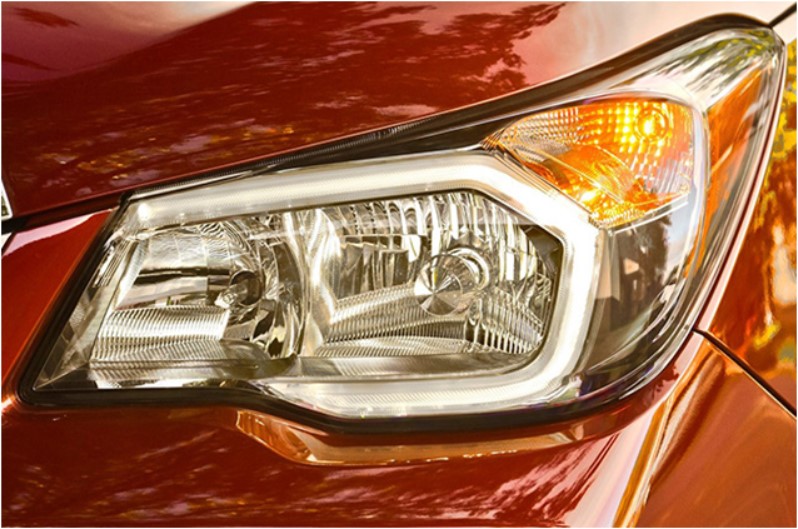
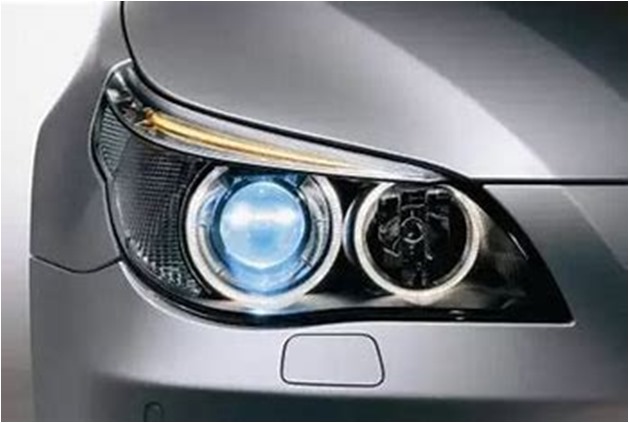
High-Intensity Discharge (HID) / Xenon Headlamps
1.Uses an electric arc in xenon gas to produce bright white or bluish light.
2.More efficient than halogen but has a warm-up time.
3.Requires a ballast for operation.
LED (Light Emitting Diode) Headlamps
1.Energy-efficient, long-lasting, and compact.
2.Provides bright, instant illumination.
3.Common in modern and high-end vehicles.
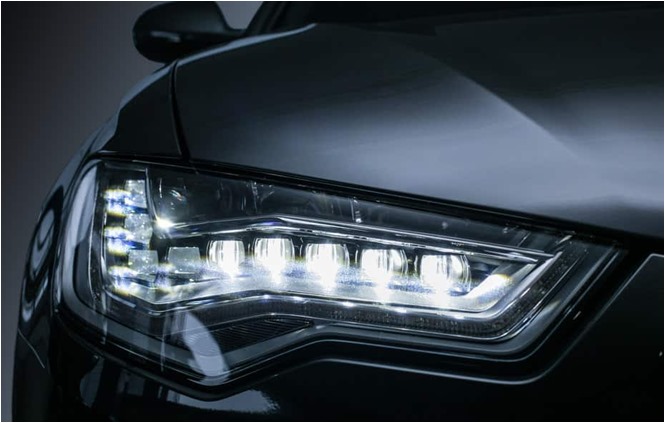
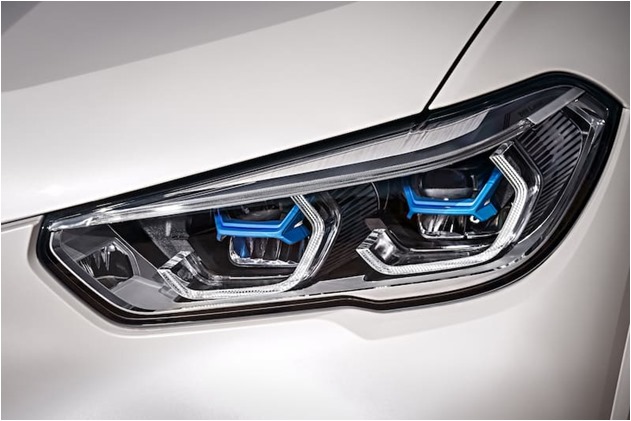
Laser Headlamps
1.Uses laser diodes to excite a phosphor material, producing very bright light.
2.High efficiency and long range.
Rear Combination Lamp/ Tail Lamp
These lamps serve multiple purposes, combining various functions into a single housing, and are designed to ensure visibility and safety while driving. The main functions of rear combination lamps are:
- Tail/Position Light
- Function: It helps other drivers spot the vehicle from behind or from the side.
- Brake Light
- Function: This alerts other drivers that the vehicle is slowing down or stopping. It plays a critical role in preventing rear-end collisions. Typically, brake lights are brighter than tail lights.
- Turn Signal (Indicator) Light
- Function: It helps communicate the driver’s intentions to other road users, enhancing overall safety. The blinking pattern is typically defined by regulations.
- Reverse Light (Backup Light)
- Function: It illuminates the area behind the vehicle, allowing the driver to see obstacles or pedestrians when backing up. It also alerts other drivers that the vehicle is reversing.
